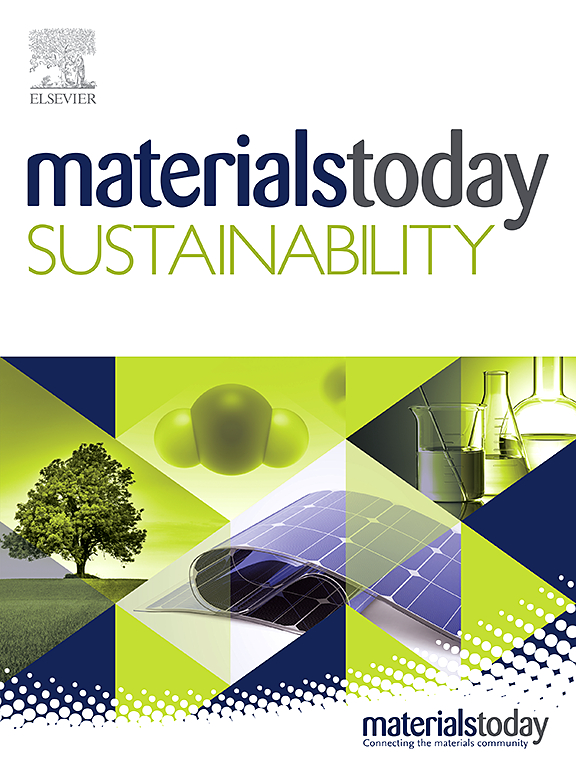Process optimization and performance evaluation of back contact integrated cooling devices for CPV cells
IF 7.9
3区 材料科学
Q1 GREEN & SUSTAINABLE SCIENCE & TECHNOLOGY
引用次数: 0
Abstract
Despite their high efficiency, concentrator solar cells have one major issue: they produce a significant amount of waste heat. This leads to excessive temperatures inside the cell, which reduces the efficiency of the electrical conversion and shortens the life of the cell. Therefore, efficient cooling solutions are needed. In this paper, a novel approach for the cooling of concentrator solar cells is proposed. Compared to the solutions found in the literature, the proposed solution incorporates microchannels into the backside metal contact layer of the solar cell. This way, there are no restrictions regarding the semiconductor material, no decrease in mechanical stability, and no thermal interface material is required. First, the appropriate channel geometry and theoretical performance were determined for a 2 × 2 cm2 solar cell using Siemens FloTherm computational fluid dynamics and an in-house analytical modelling tool written in ANSI C. The paper describes the step-by-step iterations of the design and the manufacturing process that were necessary to reach the theoretically calculated ideal performance. Hydrodynamic and thermal measurements were performed generation by generation, taking into account the results obtained from simulation results. For the latest generation, comparing the hydrodynamic properties at a flow rate of 80 cubic centimeters per minute, the difference between the simulated and the average difference of measured pressure drop values is 2.29 %. The measured data confirms that the partial thermal resistance of the microchannel-based cooling device is 0.32 K/W at a maximum applied pressure drop of 1 bar. This means that the temperature increment for a solar cell with a surface area of 4 cm2 exposed to a concentration level of 100 suns is only 11.5 K.
CPV电池背接触集成冷却装置工艺优化及性能评价
尽管效率很高,聚光太阳能电池有一个主要问题:它们会产生大量的废热。这会导致电池内部温度过高,从而降低了电转换的效率并缩短了电池的寿命。因此,需要高效的冷却解决方案。本文提出了一种聚光太阳能电池冷却的新方法。与文献中发现的解决方案相比,所提出的解决方案将微通道集成到太阳能电池的背面金属接触层中。这样,对半导体材料没有限制,不降低机械稳定性,也不需要热界面材料。首先,使用西门子FloTherm计算流体动力学和内部用ANSI c编写的分析建模工具,确定了2 × 2 cm2太阳能电池的适当通道几何形状和理论性能。论文描述了为达到理论计算的理想性能所必需的设计和制造过程的逐步迭代。考虑到模拟结果,逐代进行了水动力和热测量。对于最新一代,在流速为80立方厘米/分的情况下,模拟压降值与实测压降值的平均差值相差2.29%。测量数据证实,在最大施加压降为1bar时,基于微通道的冷却装置的局部热阻为0.32 K/W。这意味着,一个表面积为4平方厘米的太阳能电池暴露在100个太阳的浓度水平下,其温度增量仅为11.5 K。
本文章由计算机程序翻译,如有差异,请以英文原文为准。
求助全文
约1分钟内获得全文
求助全文
来源期刊

Materials Today Sustainability
Multiple-
CiteScore
5.80
自引率
6.40%
发文量
174
审稿时长
32 days
期刊介绍:
Materials Today Sustainability is a multi-disciplinary journal covering all aspects of sustainability through materials science.
With a rapidly increasing population with growing demands, materials science has emerged as a critical discipline toward protecting of the environment and ensuring the long term survival of future generations.
 求助内容:
求助内容: 应助结果提醒方式:
应助结果提醒方式:


